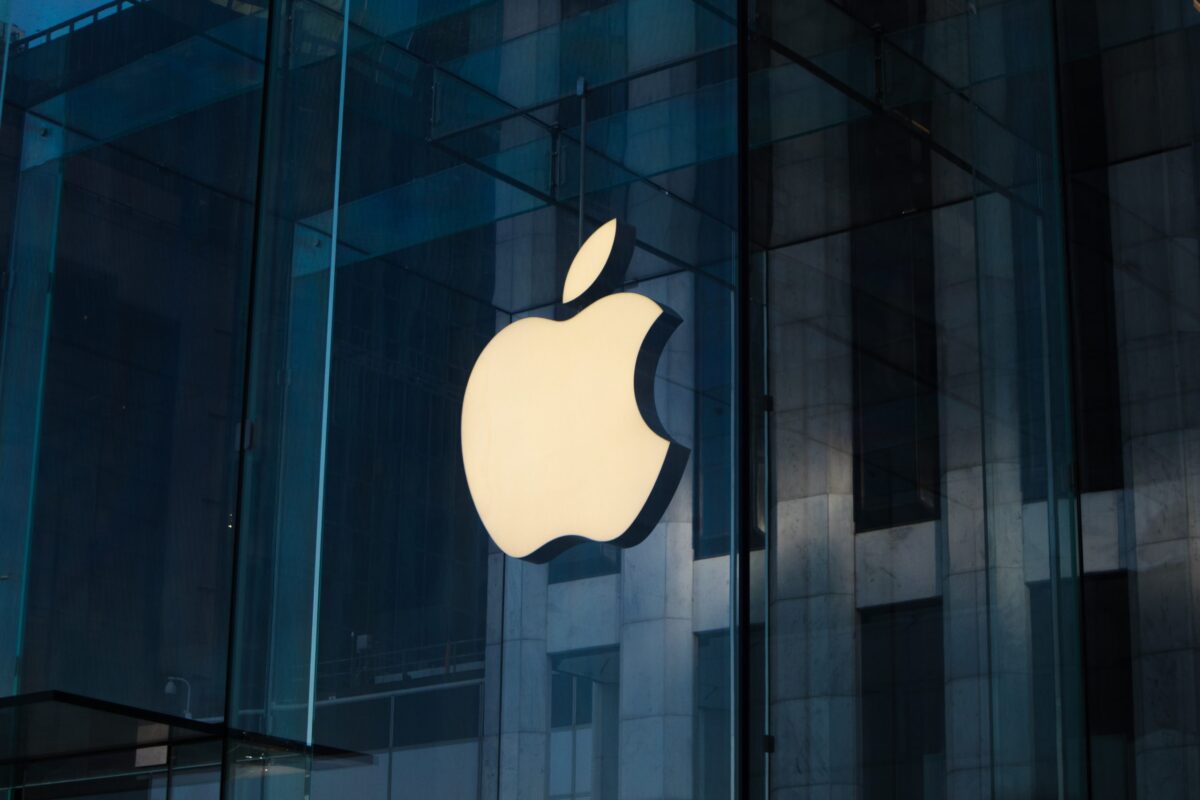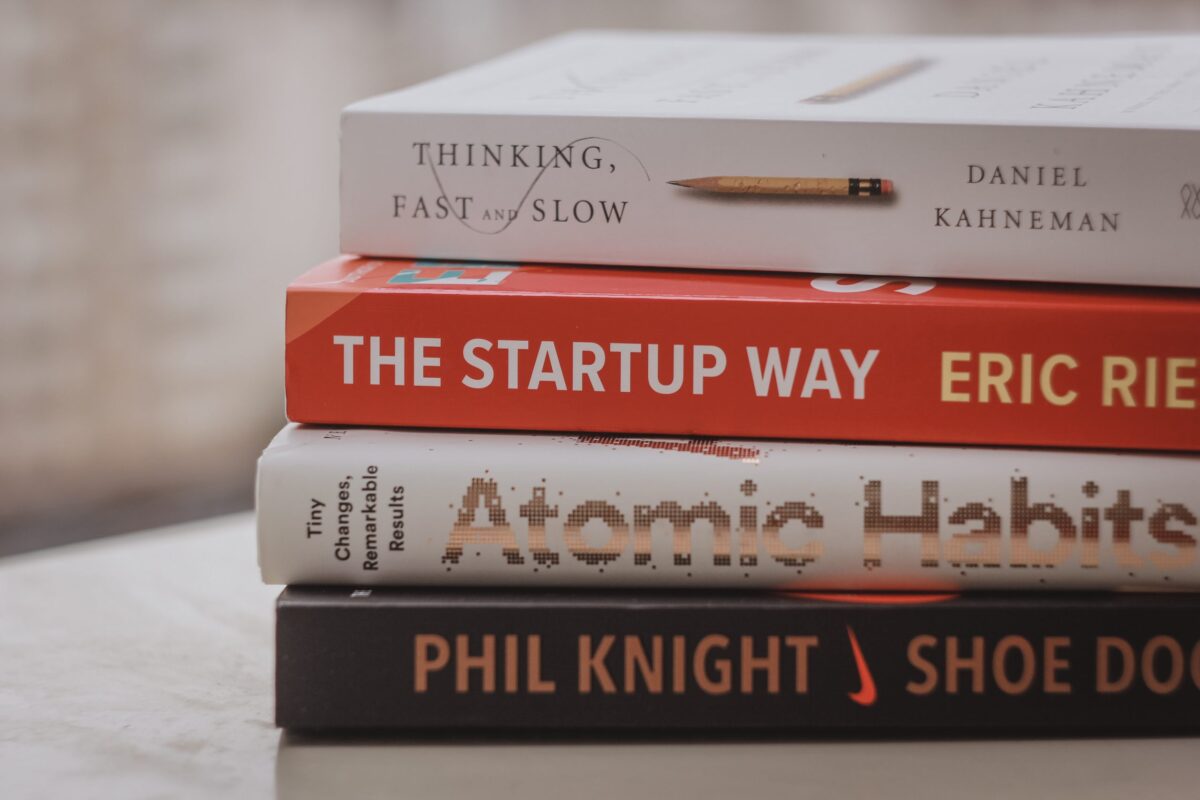No products in the cart.

Meet the brands growing insanely fast using this marketing tactic…
The Best Advice I Got on Building a Brand
I met Russell Brunson in Las Vegas in 2008 at a small business event where he was talking about how digital marketing works online.
While I could tell that he knew what he was talking about, what I didn’t know at the time, was that he was about to build a $360 million company (called ClickFunnels), deploying the lessons he was sharing at the event I was attending.
The Sass Company That Created a Movement
One of the many things that made ClickFunnels successful is that rather than promoting their software subscription, they intentionally created a movement for their customers to follow instead.
ClickFunnels is a software that enables entrepreneurs to sell and promote products in an easy to manage platform anyone can use without needing a developer.
Basically, it’s just a landing page builder. But what’s weird is that over a million people follow them online, wear their T-Shirts, and are in love with the company.
Because instead of promoting their company they invite people to join their movement teaching people how to grow their business and change their lives instead.

Inside Expert Secrets
Russell detailed the entire process in his book for anyone interested in copying the model.
If you haven’t read his book, Expert Secrets by Russell Brunson, then you need to stop what you’re doing and order it now.
It’s one of the most informative books on marketing I’ve ever read.
The UnderGround Marketing Playbook
Expert Secrets is the underground playbook for creating a mass movement of people who will pay for your advice.
Brunson outlines a comprehensive guide on how to become the expert in your niche and build a tribe of loyal followers who resonate with your message and ultimately buy your products.
Russell believes that you can make money when you challenge yourself to help others in the biggest way possible, and why it’s beneficial to create future opportunities for people to join in on (ie, a mass movement).
You’ll get plenty of examples and stories illustrating how he created his own loyal following that turned ClickFunnels into a $360 million business.

One of the biggest takeaways of the book is knowing what and how to communicate your message in a way people want to take part in your success.
The most successful brands communicate their mission as mass movements of change or something you can join and be apart of.
This is a Game Changer if You’re Building a Brand
To start building a mass movement, begin by thinking about how you can help the most people overcome the challenges of selling a product versus selling a service.
It’s a game changer for thinking about how we communicate our marketing message.
 Take it from the Steve Jobs who created a movement with Apple when he started a computer company in the 90s:
Take it from the Steve Jobs who created a movement with Apple when he started a computer company in the 90s:
“To me, marketing is about values.
This is an extremely complicated world; this is a very noisy world; and we’re not going to get a chance to get people to remember much about us or about our company,
so you have to be really clear on what you want others to know about you and your company.”
Focus on What You Believe in
Talking about features and costs or how your company beats the competition is not the right approach.
The dairy industry tried for 20 years to convince you that milk was good for you.
Sales continuously declined for 20 years.
Then, they launched the “Got Milk” campaign, which didn’t even mention the product.
In fact, it actually focused on the absence of the product.
Apple is Committed to Passion
“To me, the best brand that tells a story is Nike.
Nike sells a commodity. They sell shoes. Or so you would think.
But in their ads, they never talk about their shoes, nor the soles, nor why they’re better than Reebok.
What does Nike do in their advertising? They honor great athletes. That’s who they are and what they care about.
At Apple, people want to know what we stand for. Apple’s core value is that we believe people with passion can change the world forever.”
– Steve Jobs

Elevate Your Customer
Remember when RedBull spent $65 million to produce one video so we could watch someone skydive 24 miles from outer space?
Felix Baumgartner became the first human being to break the sound barrier when the energy drink company sponsored the stunt.
being to break the sound barrier when the energy drink company sponsored the stunt.
But why would they do that?
They don’t sell their product. They sell stories of what’s possible.
Red Bull doesn’t rely on advertising. They have been creating a movement to inspire people.
They promote stories of people breaking the limits of what’s possible. It’s not a gimmick.
They don’t spend time explaining the benefits of their product and why you should buy from them.
They tell stories of what’s possible. They are leading a movement that people want to follow.
What Does Your Brand Actually Stand For?
RedBull doesn’t position themselves as a beverage company.
They are a peak performance movement that happens to sell five billion cans of their product to customers every year. They don’t create content for “why” to buy from them.
They sell passion, they sell energy, and they promote content from peak performing athletes.
So, when you’re at a store ready to buy an energy drink, you “choose the one that gives you wings!”
 Attract Customers Like RedBull
Attract Customers Like RedBull
The founder of RedBull has a net worth of $19.5 billion and is ranked #53 on the Forbes list of richest people.
He created a movement for consumers to follow.
He became the richest man in Austria and is easily the most famous individual to come out of his country since Arnold Schwarzenegger became Mr. Olympia.
How Did He Do It?
He knew that to attract the most customers, he would have to think unlike anyone in the beverage industry.
He focused on building a movement that would rally people together with a common purpose for a common result.
RedBull no longer competes on speed, quality, and price.
Their community or “tribe” is comprised of the most driven people on planet earth.
The product is just caffeinated water, but what they sell and promote is actually peak performance.
The more we make the customer the hero of our brands, the more likely they are to join our following and the more likely they will want to buy from us.

Make Passion Your Product (Even If You Sell Insurance)
Okay but would a more relatable business do this?
How would an insurance company create a mass movement?
 Patrick Bet-David, an Iranian born entrepreneur and founder of PHP Agency turned the financial world upside down when he set out on a mission to save the insurance industry from their own up-tight self-destruction.
Patrick Bet-David, an Iranian born entrepreneur and founder of PHP Agency turned the financial world upside down when he set out on a mission to save the insurance industry from their own up-tight self-destruction.
How does one make an insurance company “cool” to work with?
By creating a movement of change instead.
Instead of fitting into an industry that lacks consumer excitement, Bet-David redefined the customers’ expectations about his insurance company.
Meet The People Helping People (PHP Agency
He founded PHP in 2009 at the height of the recession.
In addition to launching PHP, he also launched one of the most viewed shows on YouTube with over 2,000,000 subscribers, called Valuetainment.
Their show has around 3 million subs and they are putting out high volumes of insanely valuable content to help other business owners. One of their original videos went viral with over 23 million views.
WATCH THIS:
The popular YouTube show, has a cult-like following, by helping other entrepreneurs grow their business.
By sharing his passion for building businesses, he was able to create a community of like-minded business builders.
Passionate entrepreneurship is his mantra for their show, company, and community. He didn’t simply launch a YouTube show.
He created a movement for people to follow and redefined how business leaders should communicate.
Bet-David doesn’t sell insurance through his content. He celebrates, encourages, teaches, and inspires other people to grow their businesses.
His team intensely shares valuable, in depth insights, and encouragement to continuously grow. They’re an example that nothing is impossible.
Invest In Your Audience
His company invests time to inform and inspire other people. This is why his followers are loyal and love Valuetainment.
He turned what he learned into four bestselling books and gained a ridiculously large digital audience.
Now, Valuetainment is a leading voice of business information online. They interview everyone including celebrities, pro-athletes, Mafia bosses, and the most interesting people who have endless passion to achieve the life of their dreams.
Patrick became a multi-published author, global speaker and internet celebrity by focusing on how to deliver content to other people who share a similar passion for running and growing businesses.
Thus, turning his passion into a movement worth following.
Even Hotel Brands Are Doing This
 Marriott is known for serving those who love adventure.
Marriott is known for serving those who love adventure.
After launching a successful blog from their chairman, Marriott International learned the power of pivoting their marketing strategy to approach people based on their passion for travel and love for adventure.
Upon recognizing its success, Marriott shifted to become a full media publisher and invested in a team of storytellers to produce and launch their own TV show, “ The Navigator Live,” a popular short film titled, “Two Bellmen,” and then ultimately, the “Marriott Traveler.”
In turn, Marriott International became a mass media site that shares and promotes content for millions of travelers with a shared interest in culture and adventure.
“In 2018 alone, Marriott Traveler attracted 3 million unique visitors, a 78% increase from the previous year. Visits via Traveler increased visits to individual hotel landing pages by 80%, and revenue from hotel bookings skyrocketed to 200% compared to the previous year. These results certainly make a solid case for content marketing.”
– Inc. Magazine

Lead Your Movement to a Better Opportunity
As Russell Brunson proudly stated in Expert Secrets, everything is based on beliefs.
It’s easier to influence people to embrace the opportunities available to them when your beliefs are clear, compelling, and honest.
The best way to build a mass movement is our ability to promote what we believe.
Also, every movement needs a leader, which Brunson calls “The Attractive Character.”
Becoming the Attractive Character
And if you’re the CEO, it’s almost certainly going to have to be you!
Thinking through how you, the CEO, positions yourself as the “attractive character” may sound vain, but it’s not.
The attractive character of your company is not about looking cool and popular. Its purpose is to provide the platform to explain your story in a “why” (or with reasoning) that communicates directly to your audience to prove that you understand what they care about in their interests.
Honest and authentic connections are key to the success of these types of initiatives. Consumers want to know you are a real human being and that you struggle through the same issues.

Share Your Experiences
Sharing both positive and negative experiences is a good approach to connect closely with your ideal customer base. Be open and share topics similar to these:
- Articulate the frustration you experience
- Share the approach and outcome about the wall you ran into when you confronted your industry to address the “elephant in the room”
- Goals
- Achievements
Ultimately, by opening the curtain to the inside of your company, you will convey truth.
With that truth, you will attract empathy, solidarity, and engagement.

Answer The Following Questions to Start Your Mass Movement
- How are you creating a new opportunity for them by providing them with the services, tools, resources, and information to help them achieve their goals?
- Which type of challenges did you face that allows you to help them prevent taking the same path?
- How can you convey that you are not like everyone who is trying to pitch them some service; that you are one of them
The Conclusion
The next time someone asks you what you do for a living, explain the outcomes you provide rather than what you sell.
As consumers, we need to really care about the ultimate outcome provided, not the process it takes to get there.
The attractive character is to explain the desired outcome people really want through the content they produce to help their customer overcome the conflict in their way.
Our job if we are to build a brand, is to take our customers on a journey.
Good luck!
For more information visit tylerhayzlett.com












